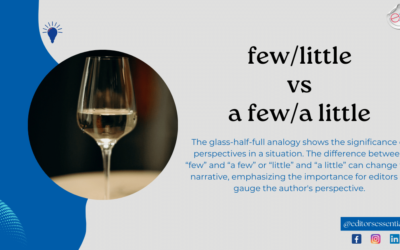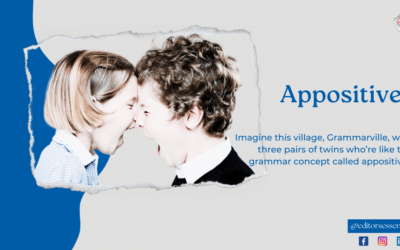Have you ever felt the itch to rephrase a sentence starting with ‘and’ or ‘or’? If yes, well, you’ve got company, because I too had a belief that starting a sentence with ‘and’ or ‘or’ is ungrammatical. I thought that these words are just connecting words that can connect words, phrases or clauses, so why would we use them to begin a sentence? But there is no rule that states conjunction should not begin a sentence. The below screenshot is from the website of Merriam-Webster, and this may answer the long-standing debate.

So, by now you would have guessed the gist of this write-up: constructions that are correct – or, not incorrect – but are believed to be ungrammatical.
A sentence cannot end with a preposition
One such long-standing myth is ending a sentence with a preposition. Can you end a sentence with a preposition? This can be answered with another question. Can you end a sentence with a verb? Certainly. Then, try framing a sentence that ends with a phrasal verb.
He is the one who is called for.
The entire story was made up.
Of course, there are few other means to end a sentence with a preposition which I leave to your curiosity.
Avoid double negatives
If you are wondering whether the phrase ‘not incorrect’ I used in the previous paragraph is really needed, the following is for you. When I first saw a sentence with a double negative construction, I thought it was totally unnecessary. Consider the following sentence:
Double negatives are not very uncommon.
When I saw a sentence like that, I literally shouted, ‘you could have straightaway said “Double negatives are common” instead of using two negative words.’ But then I realized the role that additional emphasis plays in the sentence. However, using double negatives can be erroneous also. You cannot use negative words with adverbs such as hardly, rarely, seldom and scarcely and, most importantly, with neither–nor constructions.
You cannot connect two clauses without conjunctions
Coming back to conjunctions, do we really need a conjunction to connect two clauses in a sentence among which one is an imperative and the other is a statement? Let me give an example:
Don’t do this, otherwise you’ll be in trouble.
The above sentence is a correct one. Though it has two clauses, they are not grammatically equal: one is an imperative and the other is a statement. Coordinating conjunctions connect two equally ranked entities (e.g. two statements in a sentence). Here, adding a conjunction is not necessary, so does replacing the comma with a semicolon (though – while I am typing the above example – even MS Word suggests the latter). You can use and to connect two imperatives, however:
Get some fresh air, and then come back.
Nevertheless, Oxford Dictionary (edition 8) has the following example under the adverb entry of then:
First cooks the onions, then add the mushrooms.
Interesting! What I suggest is we can add and in the above sentence, which sounds pretty nicer than that without and.
Avoid contractions in formal text
The next and really interesting topic of discussion is using contractions. Too much of contractions might hinder the readability. But this doesn’t mean that contractions should be avoided altogether. Though using contractions is a matter of style, which always relies on the author, it is advisable that scientific writings may not need contractions. This is because, in scientific writings, content is given more preference than style. This may not be true for non-scientific writings (e.g. papers on literature, arts, philosophy, economy), where both content and style are equally important; especially, millennial authors prefer using contractions and even believe that using them will make their manuscript better readable.
A copyeditor, regardless of how much experienced they are, should be always up to date. (A plural pronoun themselves for the singular noun a copyeditor? Yes, it is grammatically correct.) Rules might change, myths might vanish, and only the minds which are open to learning will survive. Have you come across any such myths?





0 Comments